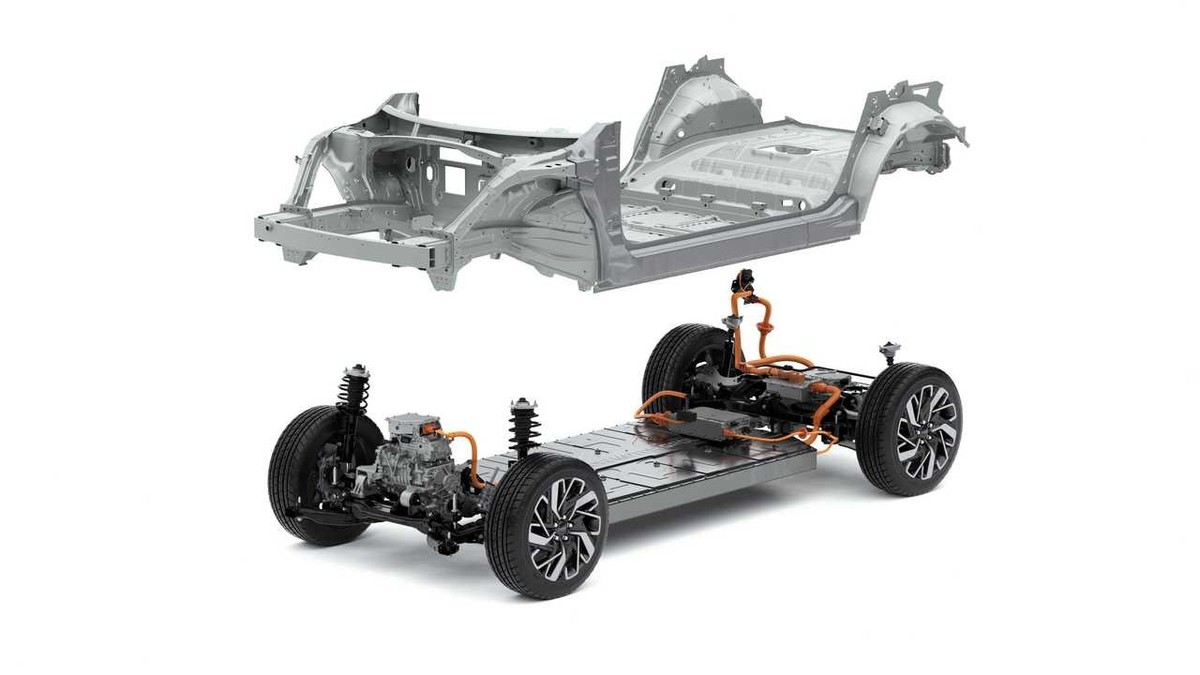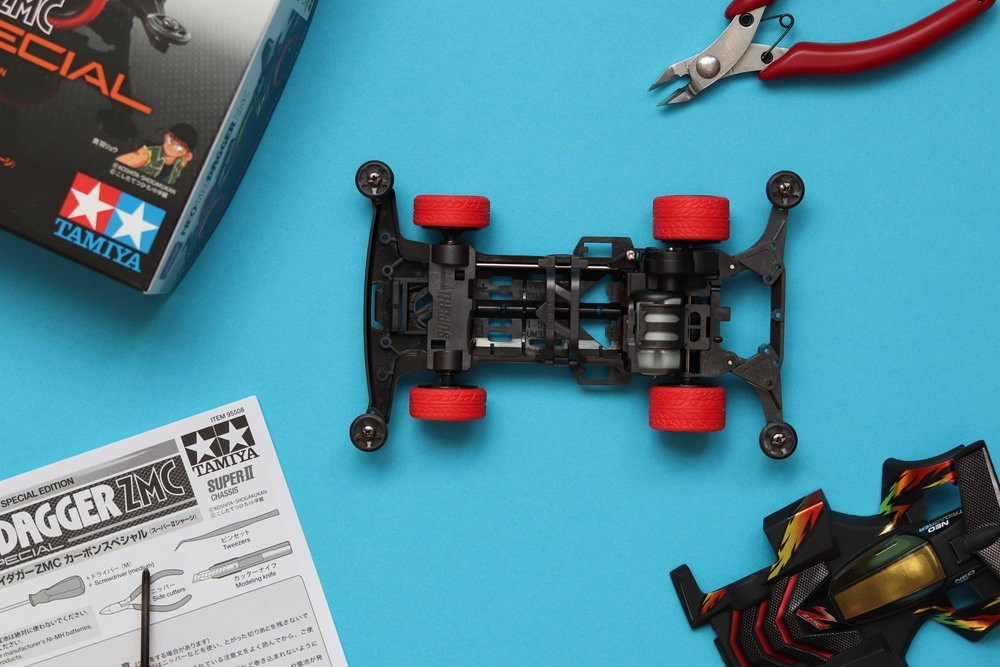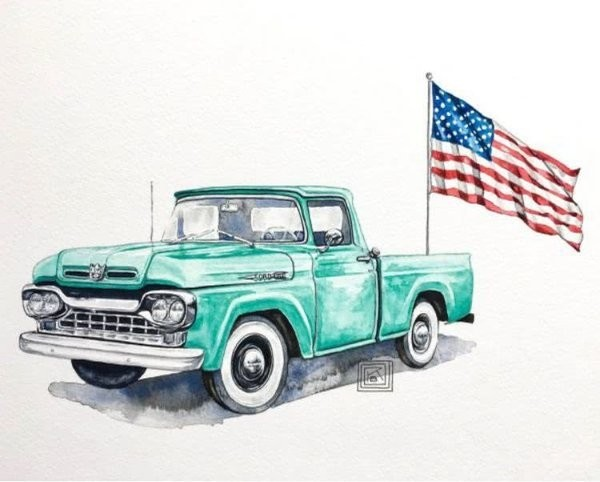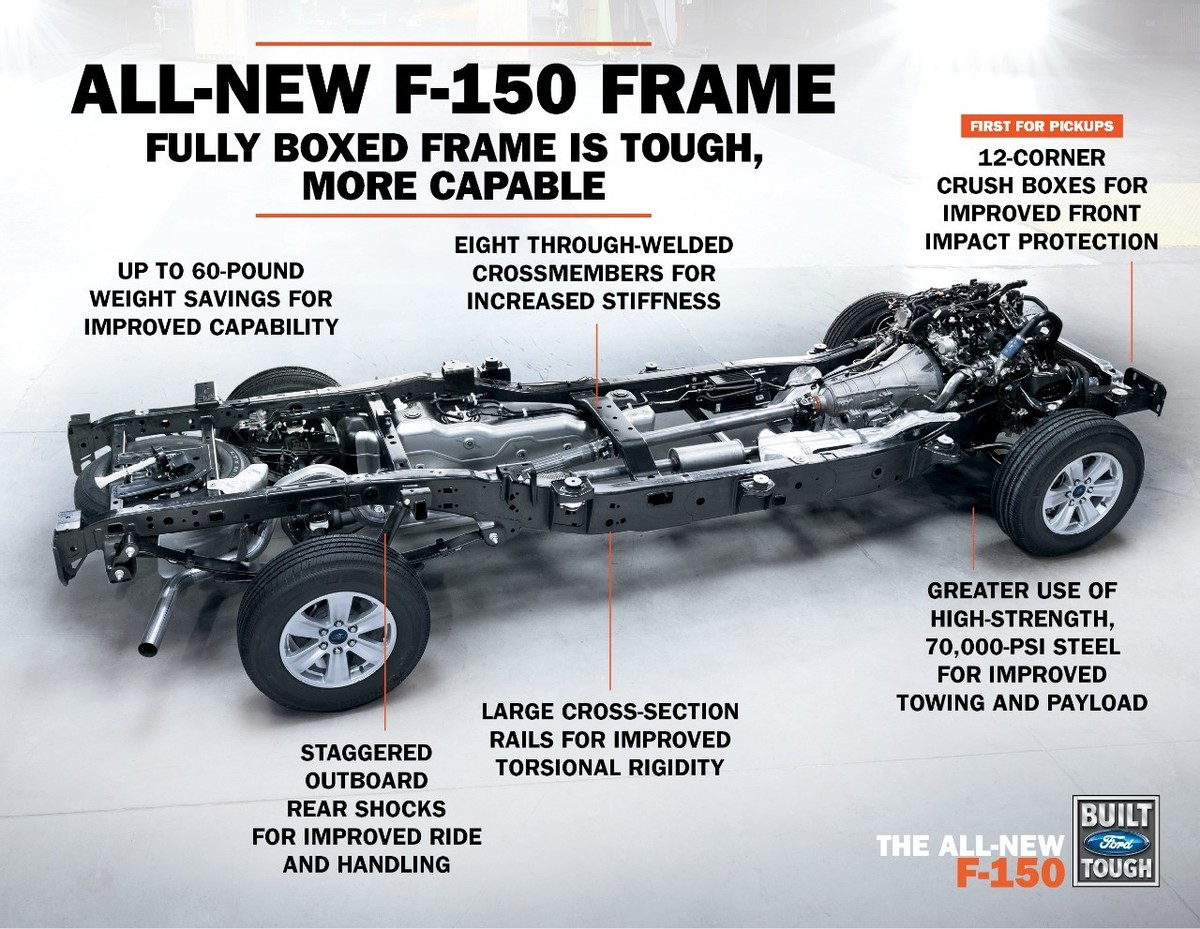The detailed definition, development history, characteristics, and differences of skateboard decks of popular startup companies are not elaborated in this article. I assume that readers have sufficient knowledge of skateboard decks, but if not, please search “skateboard deck” on Google or Baidu for more information.
First, let me ask you a question: Is a skateboard deck the same as a platform or architecture?
To answer this question, we must first understand the definitions of platform and architecture. People from different backgrounds, including those from automotive OEMs, may have different understandings of platform and architecture. Here’s my understanding:
Architecture is equivalent to a set of protocols, and I prefer to compare it to the network communication protocol model. Architecture establishes a series of interface methods that allow modules under the same architecture to interact, including but not limited to mechanical interfaces, power interfaces, communication interfaces, software interfaces, etc. In addition, architecture defines response strategies for certain scenarios, such as structural strategies for collision and durability damage, energy management strategies, sleep-wake power management strategies, after-sales maintenance and installation strategies, etc. The difficulty in understanding architecture is similar to that of understanding network communication protocols, as architecture is difficult to be realized and thus invisible and intangible. It is difficult for not only investors and consumers, but also many professionals in the automotive industry to thoroughly understand architecture.
Platform is a collection of high-risk components under the same architecture in the development process, including long-cycle or high-cost components and new, immature components. Failure of these components in various verification stages is likely to cause delays in project milestones and even delays in production dates. It wastes time and money, and although it is difficult to determine whether it will lead to ultimate failure, it is definitely a nightmare for the entire project management. Compared with architecture, platform is a more understandable thing, for obvious reasons- as the saying goes, see is believing. With this platform as a foundation, we can easily imagine that producing different cars is nothing more than stretching, shrinking, and widening this platform to the appropriate size, and then adding different upper bodies to it. It’s that simple!
The platforms of different automotive groups are not unified, and even the two platforms of the same automaker in different eras may not look consistent. Apart from different preferences, we can even use this to glimpse the political status among professional departments of various OEMs. For an individual, the more experience-rich one is in a particular field, the more likely they are to become an obstacle on the innovation road in that field. The same applies to automakers.In the era of the previous generation of automotive platforms, represented by Volkswagen’s MQB, a car platform contained multiple sets of powertrain, fuel tank, exhaust, cooling and air conditioning systems, multiple types of chassis and suspension, body structures that could be long, short, wide or narrow, and restraint systems including steering columns and seats. Perhaps, such outstanding, balanced and successful platform represents the end of the era.
With the advent of the electric era, we currently see that most car manufacturers’ new platform propaganda images all look the same, with the battery, motor, electronic control and chassis suspension indistinguishable, and if any of the platforms still come with a body, it is possible that the car manufacturer’s body department leader is in a higher position, or the platform manager has more extensive body experience.

Have you ever wondered, why do platform schematics always have to show wheels?
Obviously, it’s not because wheels and tires have such a significant development risk. So ask yourself, are you more likely to believe because you see it or to see it because you believe it?
There is no right or wrong here, in the introduction of a new concept, because of the lack of sources of trust, we choose to see it to believe it. We are more inclined to believe in the concepts we already have in our minds, to call up existing mental models, rather than to learn and accept a new concept that we cannot see or touch. This is the case for investors, enthusiasts, and consumers, as well as for engineers, department heads, and board members inside car companies. This is deeply ingrained in our genes after thousands of years of evolution and is difficult to change.
Seeing the four wheels, we can conjure up an image of a car in our minds, which helps us, or more precisely, makes us think we understand the platform for most people.
What if we remove those four wheels? For some people, this schematic may become difficult to understand because it no longer looks like a car.

Similarly, let’s take another look at the skateboard platform. The definition of a skateboard platform is closer to that of a platform. Compared to the platform schematic diagrams shown by most passenger car manufacturers, the skateboard platform looks very much like the chassis of a four-wheel drive vehicle. It successfully invokes our collective memory of four-wheel drive vehicles, which had two waves of popularity in the late 1980s and early 1990s, and again in the mid-1990s to 2000, and is a collective memory of 80s and 90s boys worldwide. Coincidentally, if we were to conduct a survey of the current supporters of the skateboard platform, whether they are investors, enthusiasts, engineers or entrepreneurs, they are all without exception boys born in the 80s and 90s.
Let’s take a look at the pickup truck, a symbol of American automobile industry. It is like a real-life version of a four-wheel drive car, carrying the American dream from one generation to another. If you have an American friend, ask them what kind of car their parents, who were born in the 1960s or 1970s, drove. It is highly likely that one of their cars was a pickup truck. Pickup trucks can be used as a family car for people and luggage, or as a commercial vehicle for hauling cargo. The American dream after World War II was largely about individual entrepreneurs starting their own small businesses, and the story of driving a pickup truck was a way to achieve this dream. Regardless of education level, if you have skills and a pickup truck, you can make money by driving around with friends and tools.

Pickup trucks are naturally robust. Essentially, pickup trucks are just trucks that have decoupled bodies and frames, making it easy to install various non-load-bearing bodies and logos from different brands on the same chassis. But because of this truck frame, pickup trucks are almost impossible to downsize. Similarly, SUVs on the pickup truck platform are also large in size. Compared to SUVs with load-bearing bodies of similar sizes, they are heavier, consume more fuel, and have poorer dynamic performance, ride comfort, and collision performance.

Is there a possibility that our obsession with the skateboard deck does not stem from its advantages as a platform, but from its ability to simplify the complex process of car manufacturing by invoking familiar concepts and models? Investment bankers born in the 80s and 90s who saw the concept of the skateboard deck realized how to manufacture cars and explained their discovery to the bosses who were born in the 1960s and 1970s. After listening to them, the bosses also understood how to make cars. When they come together, the concept of using the skateboard deck to manufacture cars sounds amazing.
However, what is truly impressive about the skateboard deck is that it perfectly carries the romantic idea of making car manufacturing easier. It gives us hope and imagination. The more we hope for this result, the more we can understand it.
I do not think there is anything wrong with this and I am not opposed to using skateboard decks to make cars. It is the first step towards success in car manufacturing if it leads more people to look at this industry. However, I hope to bring a different perspective to everyone. The skateboard deck is not the same as an autonomous driving platform. When promoting the skateboard deck, the emphasis is on a platform concept that is easy to understand and visualizable in the near future while also realizing autonomous driving.Auto-Driving (AD ready) is not equivalent to Auto-Driving (AD). When we need to go from A to B, we need to draw a line to connect AB. If we imagine the road as a rail transportation, AD ready is equivalent to the car can travel along this line. But how is the line generated? Why is it this line? How to share this line with other road users during driving? AD ready does not provide answers to these questions.
Low-cost auto-driving functional platforms will become important carriers for reshaping our way of life in the future, but we are still some distance away from that future.
The following picture is an electric skateboard that I custom made in 2017. Looking at its recent popularity, I have some thoughts.

Is skateboard chassis the future of car making or a metaphor for a better future? Let me share some of my thoughts about the popular skateboard chassis.
This article is a translation by ChatGPT of a Chinese report from 42HOW. If you have any questions about it, please email bd@42how.com.
